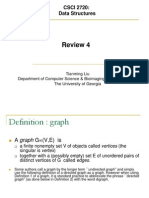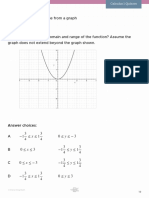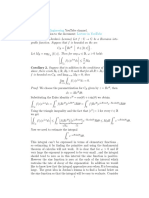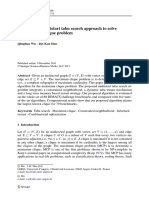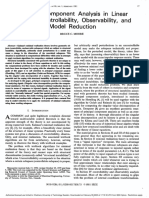0% found this document useful (0 votes)
10 views9 pagesAlgorithms 09 04 2025
all sorting algo python
Uploaded by
anika.24bai10420Copyright
© © All Rights Reserved
We take content rights seriously. If you suspect this is your content, claim it here.
Available Formats
Download as DOCX, PDF, TXT or read online on Scribd
0% found this document useful (0 votes)
10 views9 pagesAlgorithms 09 04 2025
all sorting algo python
Uploaded by
anika.24bai10420Copyright
© © All Rights Reserved
We take content rights seriously. If you suspect this is your content, claim it here.
Available Formats
Download as DOCX, PDF, TXT or read online on Scribd
/ 9

































